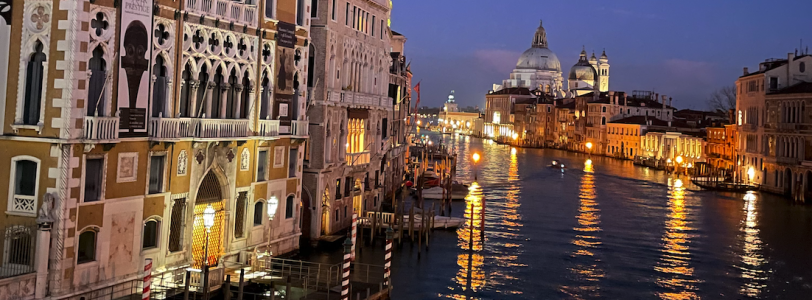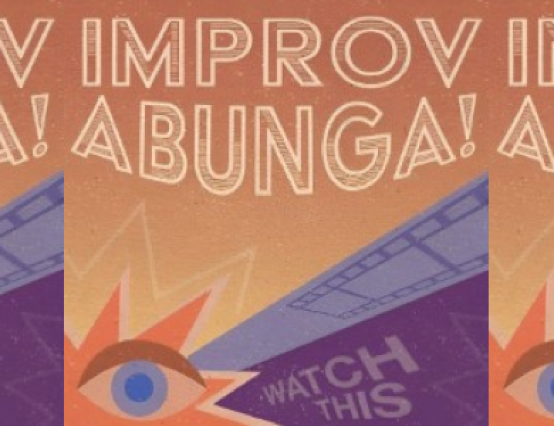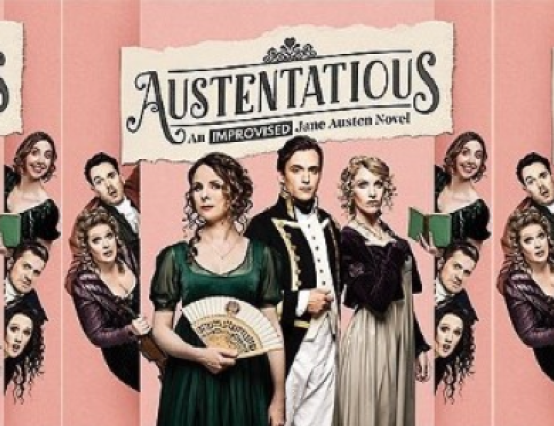A recent trip to Venice made me mourn the state of the travel industry. The hundreds of pounds spent on fit to fly tests, the fear of catching Covid-19 and being stuck in a foreign country, the mountains of paperwork needed to pass through customs. And while I’m grateful that we can still see the world, albeit becoming increasingly exclusive and inaccessible, and thankful for these requirements that keep travelling safe, I couldn’t help but nostalgically long for the days when it was all so much simpler.
But is that longing a fallacy? We may count ourselves unfortunate to have experienced a global pandemic in our lifetime, but perhaps it is not as uncommon as we might think. After all, it is well-known that the last pandemic, the Spanish flu, occurred only 100 years ago. And everyone knows that the bubonic plague dictated life for centuries too.
But what is less well-known is how these tragedies affected international travel. Perhaps the travel requirements we are currently facing are less innovative than we may think. Perhaps they might even be classed as traditional.
Venice itself has a deep history of quarantine and disease. After all, the word ‘quarantine’ comes from the Italian word for ‘forty’, in recognition of the number of days you were required to isolate after contracting the plague. In many of Venice’s shops today, you see plague masks alongside the ones for Carnival, the long bird-like beaks which now strike an even more potent note of dread in tourists’ hearts.
Venice used to designate two islands in the lagoon for quarantine. Lazzaretto Vecchio and Lazzaretto Nuovo were assigned as places to isolate and care for plague victims during the 15th century. Foreign ships and merchants also had to wait there for forty days before being allowed into the main city. This system became one of the first governmentally decreed procedures for infectious diseases in Europe.
And this system of isolation before entry wasn’t temporary either. It lasted right up until Bonaparte’s conquest of Venice in 1797 - a continuous state of travel restrictions imposed on the city across centuries. Perhaps, instead of mourning the Covid-19 tests we currently have to take before entering Italy, we should be grateful it’s not forty days of isolation. It even makes the ten full days of isolation that Covid-19 requires seem like a pittance.
And isolation wasn’t the only method that Renaissance Venice used to prevent infection.
Today, Italy uses a ‘green pass’ system. To enter any restaurant or museum, you have to show a QR code that proves you have been vaccinated. And while Renaissance Italy didn’t have that degree of technology, they did have a similar system in place. In the 16th century, Venice created a series of checkpoints in the lagoon. To pass through a checkpoint, visitors had to present a ‘fedi di sanità’ - a health pass. At first, these certificates were handwritten and stated that the holder had come from a place without plague. However, these certificates soon became printed and signed, a more formal system of proving health. And, like today, passage on boats and entry to establishments could be refused to those who failed to produce these health certificates. In many ways, its familiarity with today’s system is uncanny.
So were the travel requirements I needed to get to Venice all that modern? All that unreasonable? All that uncommon? Or was it merely a historically-accurate way to access the city. I may have started the trip regretting that I was seeing Venice’s sights in such a reduced manner, under such disastrous conditions. But in reality, perhaps I was seeing the city under the same circumstances that people had for hundreds of years.
After all, pandemics are not modern phenomena.









0 Comments